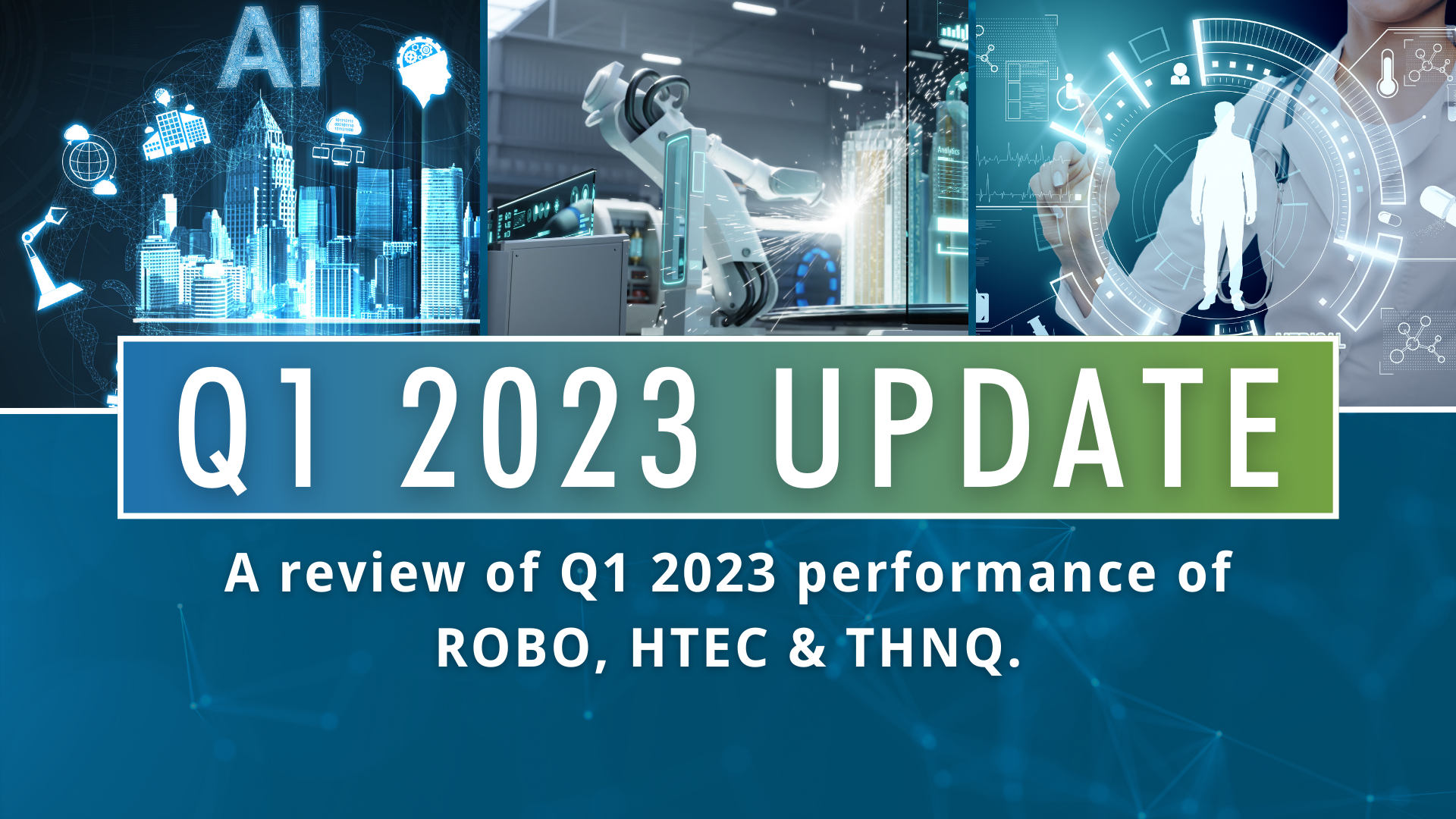It’s said that the more things change, the more they remain the same. That could certainly be said about the upcoming 2020 US presidential election. Just as it was in the last election cycle, healthcare remains the number-one voting concern for voters who see out-of-control drug prices, diminishing health-insurance benefits, and rising healthcare premiums as threats to their wallets—if not their livelihoods.
Of course, there are no easy answers from a policy perspective. Every one of the leading presidential candidates has promised to fix the problem that Obamacare—formally the Affordable Coverage Act—has tried but not fully been able to accomplish. (Estimates point to 20 million people who have gained healthcare coverage thanks to the ACA, but the numbers indicate that 30 million people remain uninsured.) The debate includes important questions, including who will pay for government-funded healthcare, who is eligible—and even mandated—to receive it, and what it should actually cover.
And yet, in reality, the issue is much larger. Policy aside, the cost of healthcare in the US is the highest among developed countries. A January 2019 report from John Hopkins[1] concluded that the US spends more on healthcare per capita than other countries—and that the primary reason is not higher rates of utilization of the healthcare system, but simply higher prices for the care received. The answer, therefore, is not policy, but delivery of care.
The good news is that there is a solution to the problem already in process. Even better, this solution doesn’t rely on politicians, government policy, or government funding to achieve its goals. The solution lies squarely in the hands of advancements in robotics, automation, and AI that are rapidly shifting nearly every aspect of healthcare today. Some of these advancements include:
Streamlined patient care.
Last month, the American Hospital Association (AHA) released a report[2] highlighting seven concrete ways that robotic process automation, or RPA, is expected to impact healthcare workers and the patients they serve. These seven areas include improving productivity and efficiency; expanding job responsibilities; improving performance; ‘upskilling’ and retraining staff; and enabling physicians, clinicians, and technicians to ‘practice at the top of license’, meaning spending the majority of their time performing the specialized skills they have been trained to do. The benefits of these enhancements are far-reaching, including reducing staffing costs, increasing capacity, and reducing human error in everything from verifying health insurance coverage to scheduling and billing patients.
RELATED: With Nurses in Short Supply, Eldercare Robots are Coming to the Rescue
More informed decision-making.
The AHA report also outlines the role of machine learning models in supporting decision-making, particularly for the predictive tasks required to accurately classify cancers and diagnose diseases. Machine learning is used to compare thousands of patient records to compare symptoms of even the rarest diseases in a matter of seconds. According to the report, AI will enable healthcare workers to “make sense of the overwhelming amount of data created from genomics, biosensors, smartphone apps, the electronic healthcare record (EHR), unstructured notes and data on social determinants of health, and create a broader context for clinicians to deliver high-quality, patient-centered care.”
RELATED: Qiagen: The Most Ubiquitous Company in Molecular Diagnostics
Precision medicine.
Once relegated to futuristic-thinking scientists, precision medicine has quickly become one of the most promising innovations in healthcare today. Using the powerful combination of advancements in genomics, AI-enabled analytics, and digitization, clinicians are making fast progress in their ability to develop biomarkers that enable fully customized treatment plans, and even predict and prevent disease using the power of genomic science. According to the latest research from the Institute for Translational Genomics in Munich[3], “We are at the cusp of predicting disease risk for some disorders… this should lead to better clinical decision-making,” and “allow better targeting of treatments to those patients most likely to respond.” Whether introduced in a clinical setting or using a direct-to-consumer genome sequencing kit from companies like Sano, Dante, and 23andMe, genome sequencing is seen as the key to delivering life-saving treatments to patients who need them—even before symptoms arise.
Online healthcare.
Just as Amazon disrupted brick-and-mortar retail, online healthcare options are giving patients access to care anytime, anywhere. Telehealth providers connect patients to doctors remotely to quickly and efficiently manage care. Using live communication, including both phone and video calls, and remote patient monitoring (RPM), such as wearable ECG and EKG monitors that digitally track a patient’s health from home, this new approach to healthcare delivery is already making it possible for hospitals and doctors to improve patient care by reducing non-critical visits to emergency rooms, to monitoring patients with chronic health conditions, and to solving the challenge of delivering affordable, accessible mental health services.
RELATED: How Teledoc is Transforming Access to Healthcare
As the 2020 presidential election continues to heat up, the rhetoric around how to ‘fix’ the healthcare system is sure to become even hotter. Luckily, no matter who is sitting in the Oval Office come January 2021, AI will have already been making significant progress toward solving the most critical healthcare challenges we face today: cost and delivery. According to the AHA report, “Five years from now, patients may not see anything or anyone new when they go to the hospital. But they will benefit from an entirely new experience driven by an AI-enabled workforce.” That’s a change that republicans and democrats alike can support with conviction.
To learn more about how AI and robotics is shifting the landscape of healthcare and the opportunity for investors, download The Investor’s Guide to Robotics & AI in Healthcare.
By: Travis Briggs, CEO US
[1] U.S. Health Care Spending Highest Among Developed Countries, January 7, 2019
[2] AI and the Health Care Workforce, American Hospital Association, 2019
[3] Translational genomics and precision medicine: Moving from the lab to the clinic, Science magazine, September 2019





